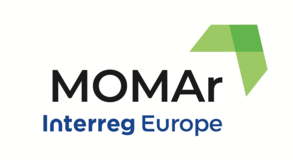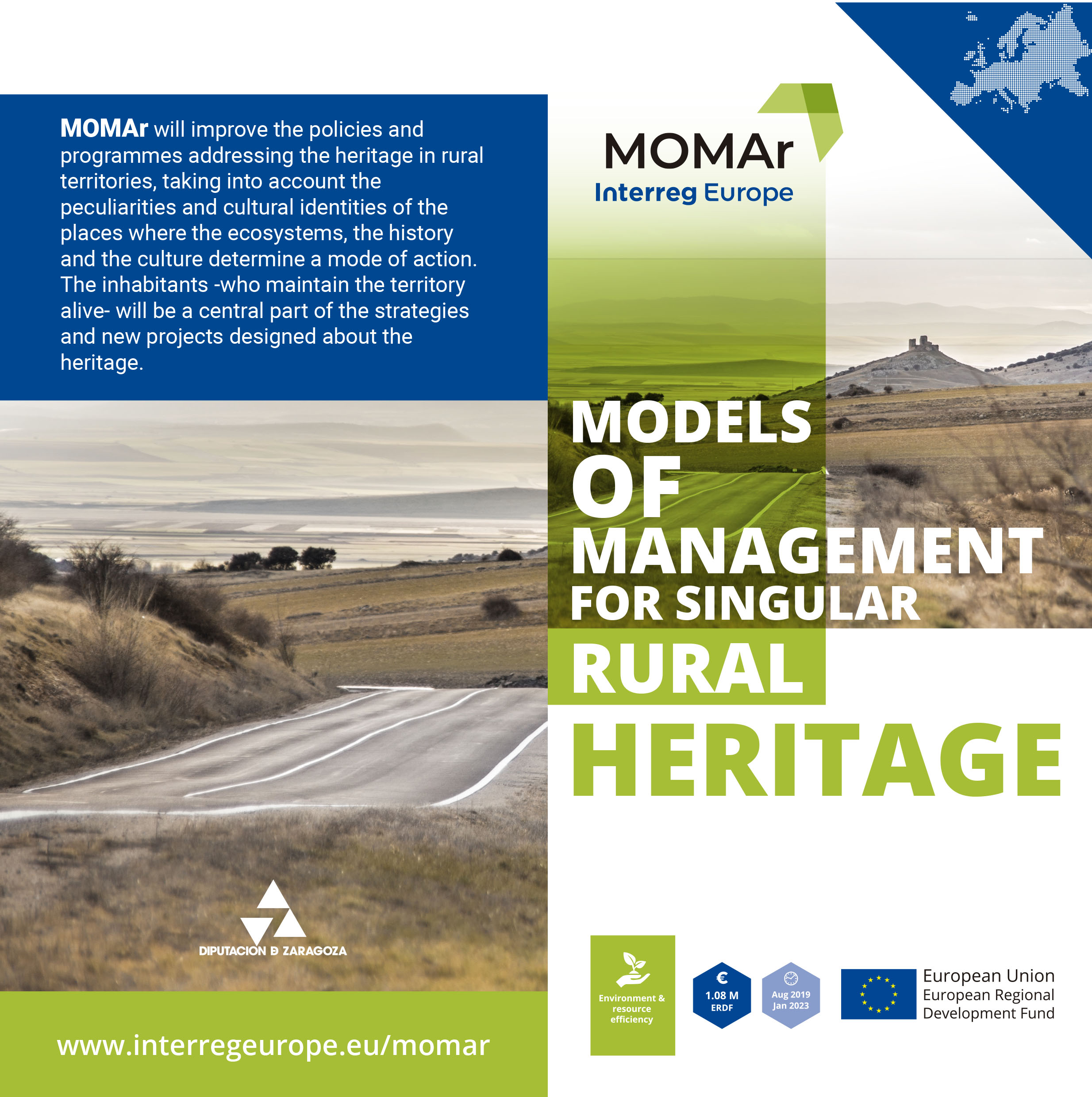Iron Gates Regional Museum located in the city of Drobeta-Turnu Severin is the most important cultural institution in Mehedinți county (Rumania). It is also a prominent Rumanian MOMAr stakeholder. We spoke with the museologist, Mihaela Stanciulescu, to know more about their work and future projects to improve the Museum.

For those who do not know you yet, what we can find in the Iron Gates Regional Museum?
We have an archeological park of almost 5 ha. Where you can find the ruins of the Roman castrum, Roman amphitheater, Roman bath, and a medieval church. From the museum park, you can see the ruins of the Roman Trajan’s bridge, which is one of the greatest constructions from the antiquity period. It was built in 103-105 by Apollodor from Damascus with the purpose to conquer Dacia. It is a bridge built over the Danube with a length of 1134 m, the romans’ military used it to cross the Danube and conquer Dacia. Nonetheless, we do not know for sure when the bridge was destroyed. The bridge is very important for our history, for European history, it shows how advanced was the roman technique for that time. Inside we have an aquarium with Danube fishes, natural sciences exhibition, history, and archeology exhibition. This year, with the support of the city council, we will also arrange the ethnography exhibition. Our museum has an important heritage, almost 90.000 objects!
Within the project "Frontiers of the Roman Empire- Danube Limes” the ruins of Trajan's Bridge has been nominated on the Tentative list of UNESCO heritage. What are the main actions carried out by this project?
Traian’s Bridge is one of our greatest heritage. The advantages of including Trajan’s bridge in UNESCO heritage will lead to better protection of the monument and the increase of the number of tourists. Now we are making some restoration work to keep “alive” this heritage as long as it is possible.

MOMAr has the purpose to exchange good practices in heritage management within European rural areas, and Iron Gates Region Museum will be one of the first beneficiaries of this work. How will this experience contribute to the improvement of the Museum?
The County Council of Mehedinti has identified a space for a Regional Centre of Conservation and Restoration for Cultural Historical heritage Eselnita (Ogradena – Mala), Mehedinti County, after the model seen in Corsica by our colleagues during the study visit carried out in March 2020. The museum has a huge heritage, and we want to conserve and make known this heritage to the large public. We want to identify another cultural-historical objective in Mehedinti County and take care of these objectives.
Despite the COVID pandemic has kept many visitors away from heritage sites, the Museum managed to strengthen the link through your Facebook page with the project “Culture Pill”. What does it propose and how it gets the audience closer?
Culture Pill proposes to make known to the large public personalities, monuments, and landscapes from Mehedinti County. Through this project, we keep the public close to us and the cultural-historical heritage from our region.
Including Trajan’s bridge in UNESCO heritage will lead to better protection of the monument and the increase of the number of tourists.
The institution has significantly evolved and increased its exhibitions and research areas in the past decades. In that sense, which are the main strategic lines the Museum faces for the next years?
The museum proposes to get better and better to the research work and the European cooperation and trying to conserve as long as is possible the cultural and historical heritage.
Iron Gates Regional Museum is one of the most outstanding Romanian stakeholders in MOMAr. What lead you to get involved in the project?
The need to make known our heritage and our museum to Europe, but mostly, to identify examples, possibilities of heritage a source for development.
How do you think international cooperation can influence the management of local heritage?
We hope that international cooperation will improve our work and will get known our heritage to Europe, consequently we hope that the number of visitors will increase.














